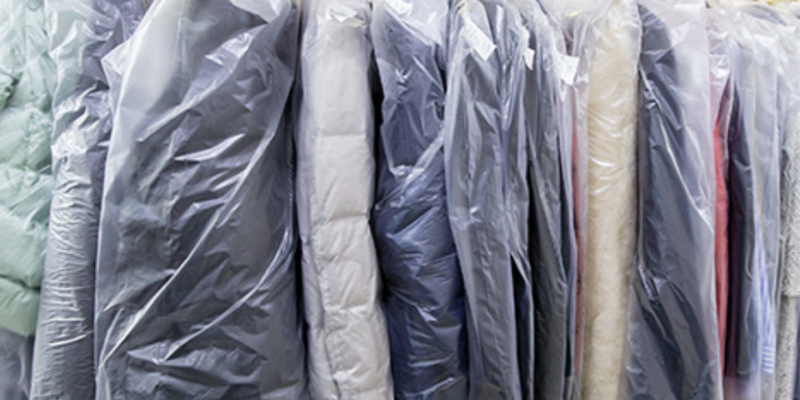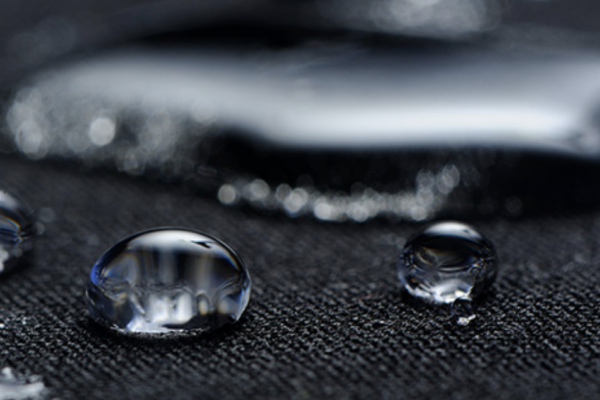Key Points/Overview
Perchloroethylene is a solvent commonly used in dry cleaning operations to help dissolve greases, oils and waxes without damaging the fabric.
Perchloroethylene has been used as an ingredient in a range of common products such as water repellants, paint removers, printing inks, glues, sealants, polishes and lubricants because of its durability and ability to adhere to plastics, metal, rubber and leather.
The low levels of perchloroethylene that most people are exposed to are not reported to cause symptoms, according to the American Cancer Society. People who wear dry cleaned clothing may be exposed to perc levels that are slightly higher than what is normally found in air, but these amounts are also not expected to be hazardous to the average person’s health.
People who live or work near dry cleaning facilities may be exposed to higher levels of perchloroethylene than the general population. To help limit any potential health risks, the EPA ruled that dry cleaners located in residential buildings had to phase out dry cleaning machines that use perc by December 21, 2020.
Uses & Benefits

Perchloroethylene is a solvent commonly used in dry cleaning operations. When applied to a material or fabric, perc helps dissolve greases, oils and waxes without damaging the fabric.
In metal manufacturing, solvents containing perchloroethylene clean and degrease new metal to help prevent impurities from weakening the metal.

Due to its durability and ability to adhere to plastics, metal, rubber and leather, perchloroethylene has been used as an ingredient in a range of common products such as water repellants, paint removers, printing inks, glues, sealants, polishes and lubricants.

Safety Information
Perchloroethylene is present in very tiny amounts in the environment as a result of industrial releases. Dry cleaned clothes may release small amounts of perc into the air, according to the U.S. Agency for Toxic Substances and Disease Registry (ATSDR).
The low levels of perchloroethylene that most people are exposed to in air, water and food are not reported to cause symptoms, according to the American Cancer Society (ACS). People who wear dry cleaned clothing may be exposed to perc levels that are slightly higher than what is normally found in air, but these amounts are also not expected to be hazardous to the average person’s health.
People who live or work near dry cleaning facilities may be exposed to higher levels of perchloroethylene than the general population. To help limit any potential health risks, the U.S. Environmental Protection Agency has ruled that dry cleaners located in residential buildings must phase out dry cleaning machines that use perc by December 21, 2020.
The highest exposures to perchloroethylene tend to occur in the workplace, especially among dry cleaning workers or workers at metal degreasing facilities. Exposure to these higher levels of perc can lead to irritation of the eyes, skin, nose, throat and/or respiratory system. Short-term exposure to high levels of perc can affect the central nervous system and may lead to unconsciousness or death, according to NIH. To help protect these workers, the U.S. Occupational Safety and Health Administration (OSHA) recommends special safety precautions, such as a recommended schedule of maintenance activities and performing daily checks for perc leaks from dry cleaning machines.


